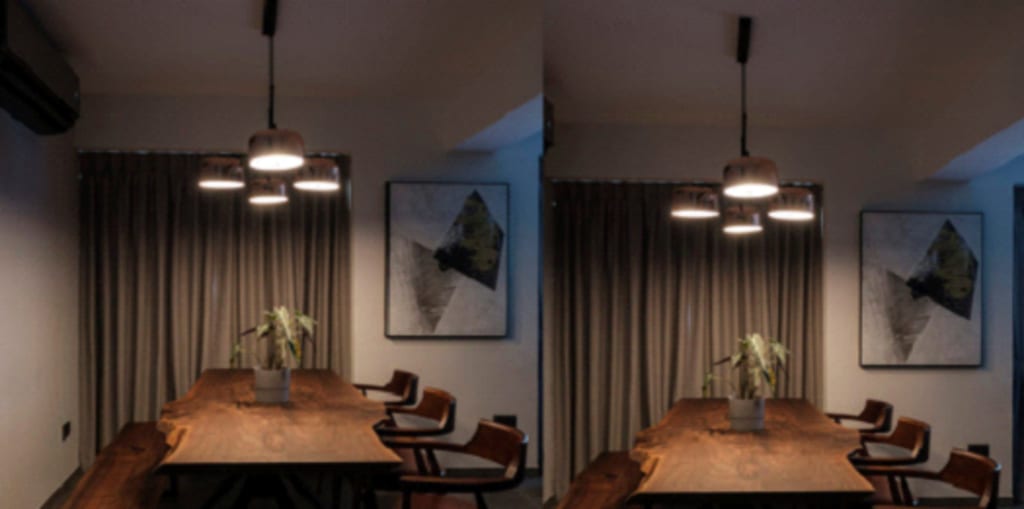
Firstly, if you know the principles and incorporate them into the interior design scheme, you can play a more active part in creating your dream home. either, having a well-designed interior enhances the aesthetic and profitable value of your property, making it better off in every sense.
1. Balance
Balance means creating visual harmony in the space by ensuring that the elements in there are unevenly distributed. This gives a sense of equilibrium in your design. It can be achieved with numerous forms, for example, using shapes, colours, patterns and even textures.
There are 3 common ways to strike a balance in interior design. originally, there's the traditional symmetrical balance, which basically places objects symmetrically on either side of an imaginary central axis. Asymmetrical balance, on the other hand, keeps the focal point on the imaginary axis while allowing different and oddly numbered objects. To maintain an unevenly distributed visual weight, the objects should be of similar dimensions. generally, asymmetrical balance results in a more energetic and natural sense. Incipiently, radial balance involves arranging objects around a central focal point, which is nearly always a circle, similar as a round dining table or a chandelier.
2. Unity
The unity principle emphasises a sense of uniformity or harmony among the elements used in design. These include having similar colours, patterns or textures, equal distance of objects or repetition of elements to produce a visual durability.
To put it simply, when rudiments are precisely curated, you feel that they come together nicely. For example, if you have a variety of shapes and textures in a space, you can still produce unity by using just one colour scheme.
3. Rhythm
The mortal brain is drawn to repetition and recognises analogous objects quickly. therefore, rhythm, which is about creating repetition and contrast in an interior, helps carry visual interest around the room.
There are numerous ways to produce rhythm, similar as using the same colour or pattern at different intervals. For example, you can paint a wall green, and also use the same colour again on the dining president cocoons. This is called repetition meter. You can also use alternation to produce rhythm by rotating two rudiments in an ABABAB or ABBABB pattern, similar as alternating 2 types of pendantlights.However, you can try progression meter, which arranges elements in ascending or descending order grounded on their size, If you're feeling more adventurous.
4. Emphasis
This principle stresses that every room needs one central element as a focal point, and the other items should round the emphasis similar that focus is always on it. The emphasis can be a large piece of furniture like a grand piano, an art piece like a painting, or a design point similar as an accent wall. It can also be in the form of colour, pattern or texture.
5. Contrast
Contrast in interior design is created when one combines two or more very different forms. Again, this can be done either by colour, form( shape) or space.
The easiest way to achieve contrast is through colours, for example, painting opposite colours like black and white. You can also put two different shapes close together, similar as balancing a round glass with a rectangular dining table. The use of positive space( space occupied with objects) and negative spaces( empty space in between objects) is also an excellent way of creating contrast without crowding the room.
About the Creator
Spenowr
Spenowr is a professional network and e-commerce marketplace built for the creative industry to showcase creative portfolio, buy / sell creative products through marketplace, offer custom trainings or services, look for jobs.






Comments
There are no comments for this story
Be the first to respond and start the conversation.